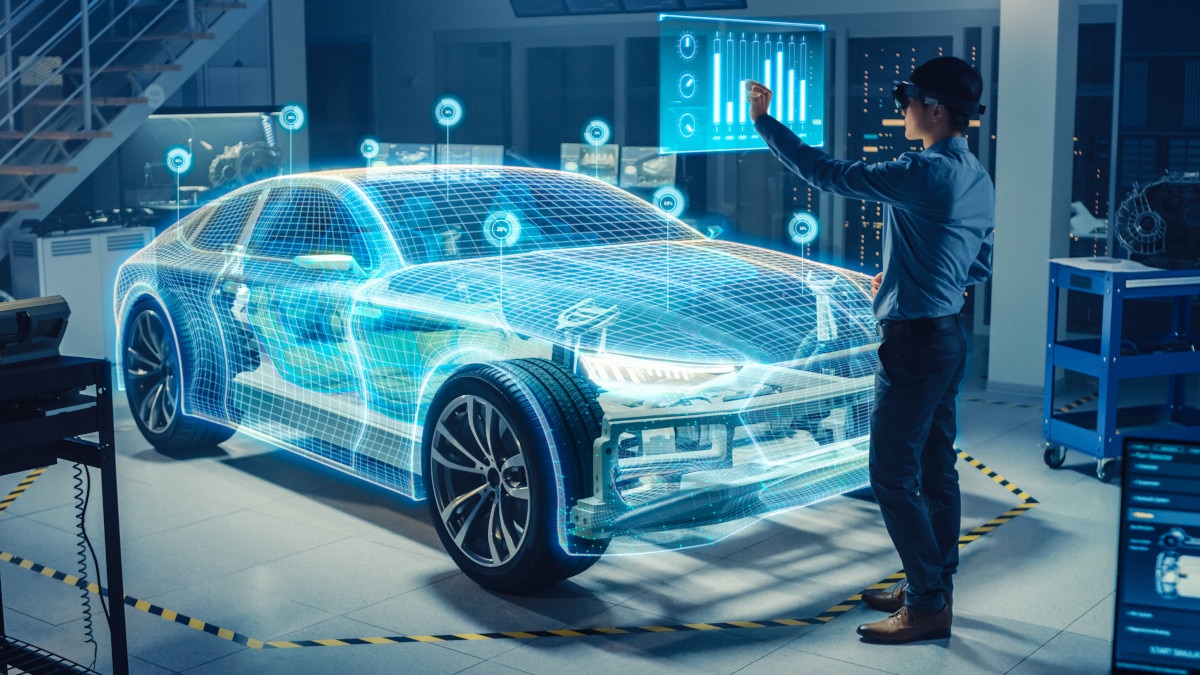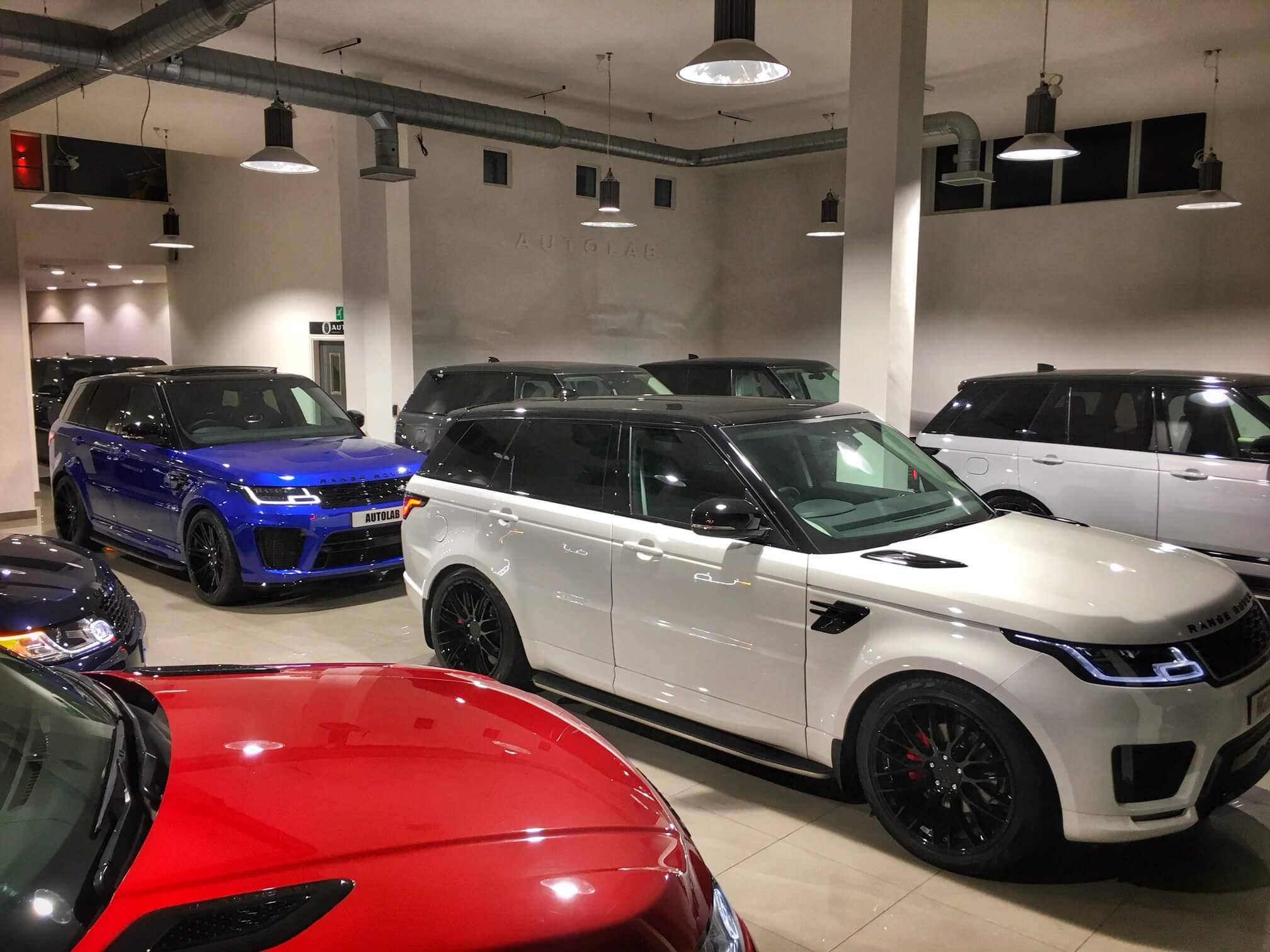


What does the slope tell you about the car’s motion? (Hint: remember that slope is rise/run and take a look at what you have plotted on your axes.) To make your graph clearer, click Appearance (on the panel to the right of the graph), find Y-axis range and choose Include Zero.Ĭhange your Regression Line back to Linear. Now create a velocity versus time graph by changing your Y-axis to show Velocity. Fits better now, right? What does this tell you about what kind of graph you have and what the car is doing? How well does this line fit the data?Ĭhange the Regression Line type by clicking where it says Linear and choosing Quadratic. Use the Make a Graph tool to create a distance versus time graph by showing Total Distance on the y-axis and Total Time on the x-axis.Īdd a Regression Line by checking the box to the right of the graph. Upperclassmen Extension: What do you think about the r^2 value in the second graph? Considering what you know about the data collection process, what do you think could be done differently in order to reduce the error? Given what’s on the axes now, what does this slope tell you about the car’s motion? Look at the slope of this graph’s Regression line. How does this compare with this set of data? What does that tell you? Look back at the slope of your first graph. What does the shape or trend of the graph tell you about the car’s motion? What do you think the car was doing? To make your graph clearer, click Appearance (on the panel to the right of the graph), find Y-axis range and choose Include Zero.

What does the slope tell you about this car’s motion? (Hint: remember that slope is rise/run and take a look at what you have plotted on your axes.) Does that number make sense? Why or why not? What does the shape or trend of the graph tell you about the car’s motion? What do you think the car was doing? Mess around with Connect the Dots if you need a hint.Īdd a Regression Line by checking the box to the right of the graph.
The auto lab code#
You can add Trial # on the z-axis to color code the dots for each trial. Send them a resume and brief statement of your interest and hands-on experience.Use the Make a Graph tool to create a distance versus time graph by showing Distance on the y-axis and Time on the x-axis. If you would like to work in the lab, take the time to browse our people page and find a student or PI whose research interests. The goal is to build a device to provide real time RPM data from a quadrature encoder.Īside from these specific projects, we are always looking for motivated and interested students to help setup equipment, run experiments and analyze data.

The auto lab generator#
The objective is to build a specialized signal generator to help setup and troubleshoot DAQ equipment in the lab.


 0 kommentar(er)
0 kommentar(er)
